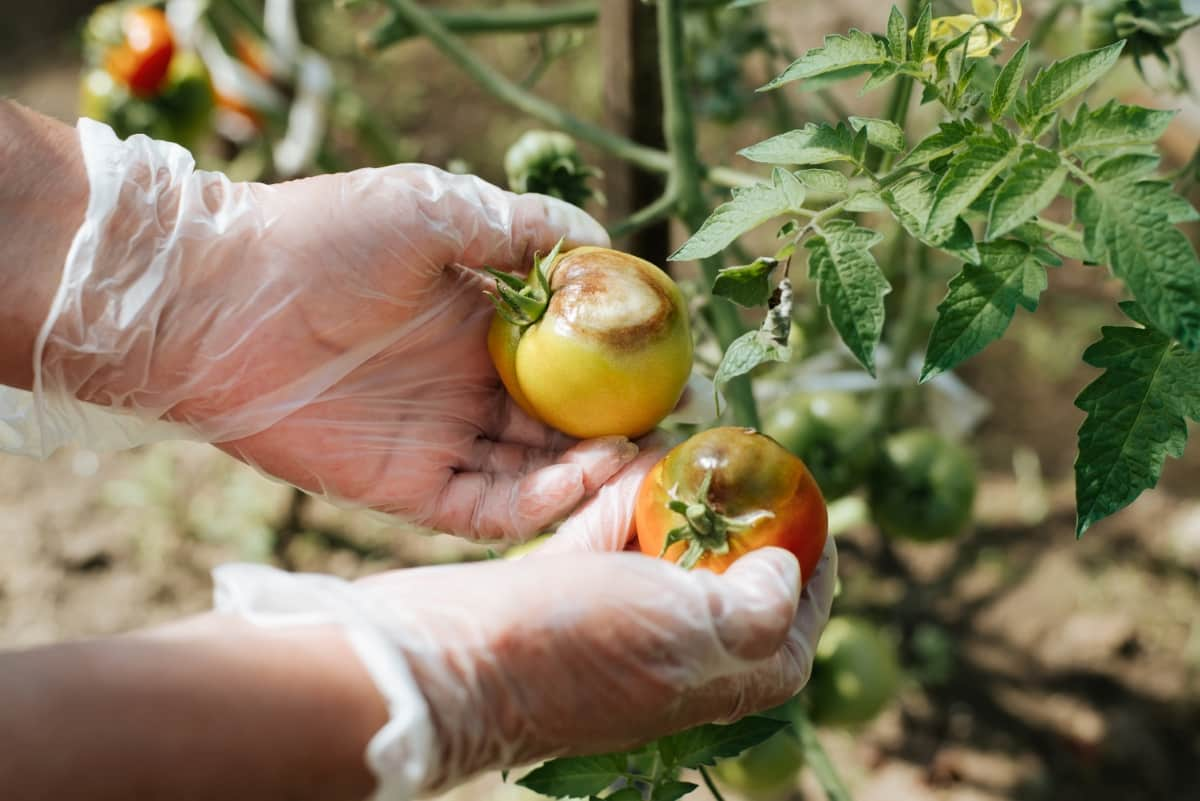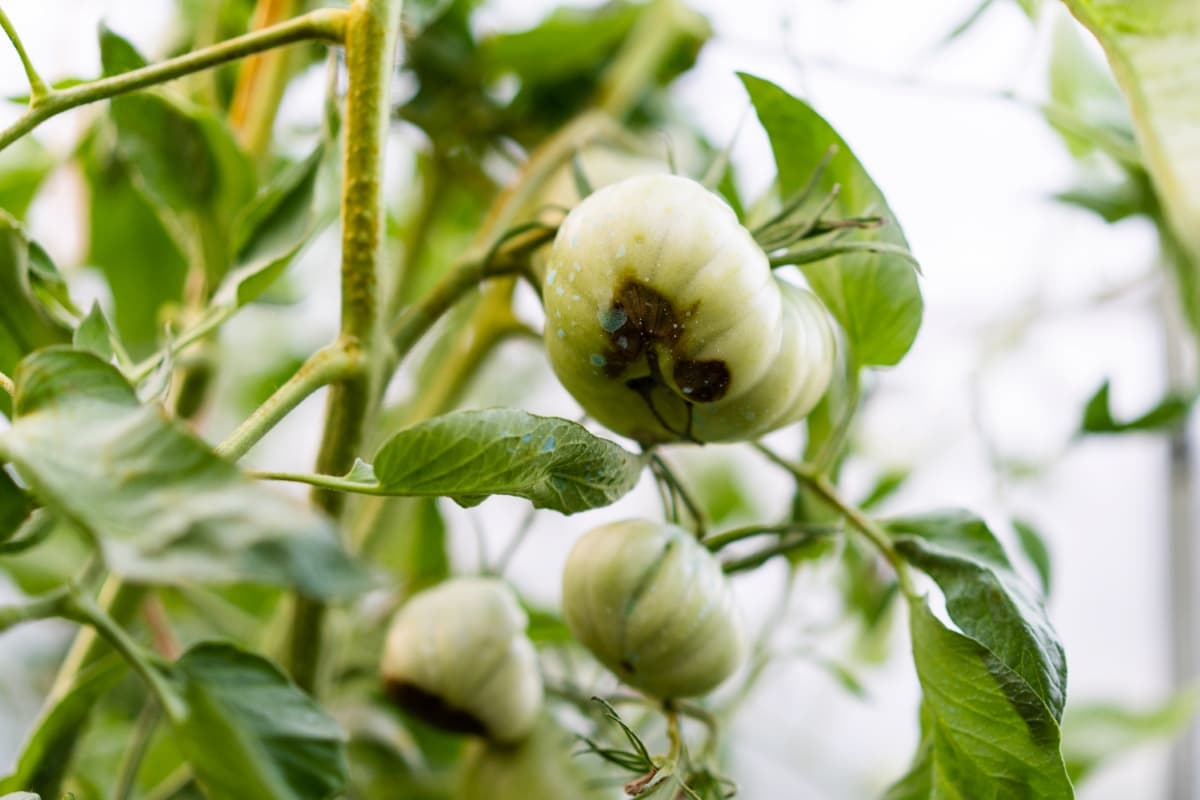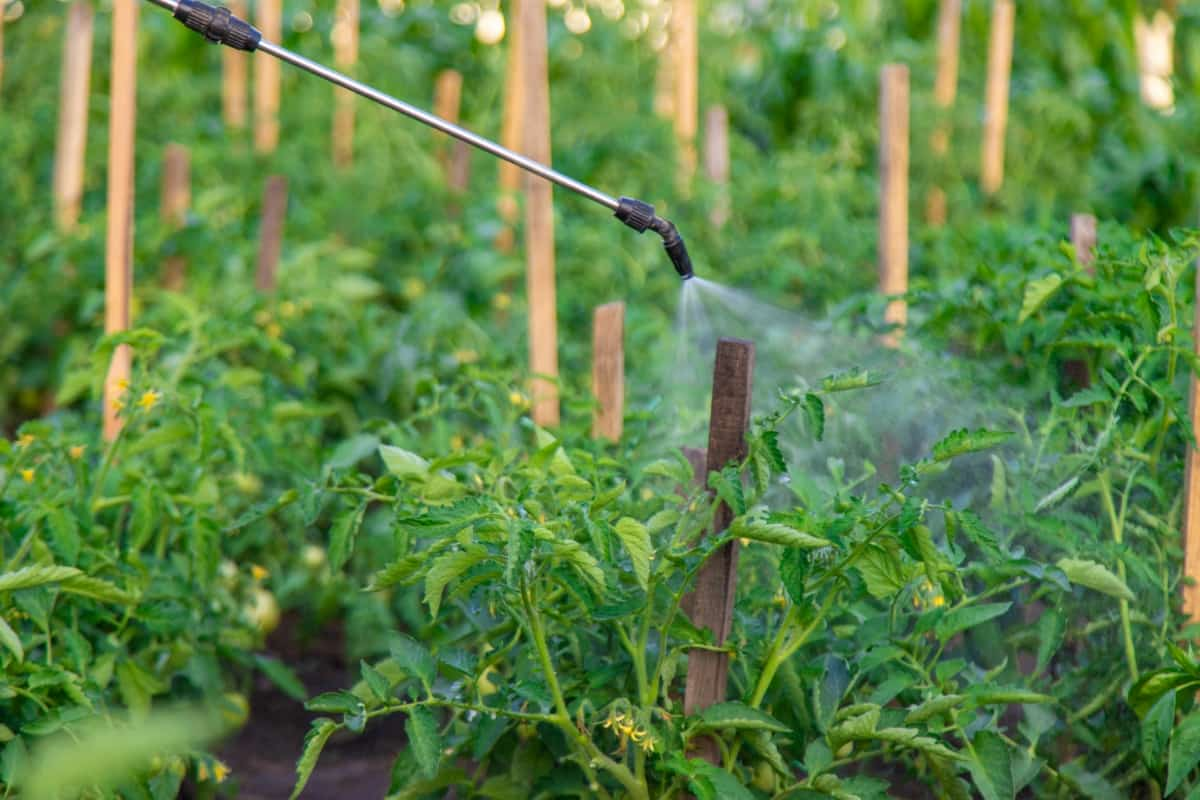Fungal diseases pose a significant threat to the health and productivity of vegetable gardens, impacting both yield and quality. These diseases thrive in warm, humid conditions, making vegetable crops susceptible to various infections. Understanding the fundamentals of fungal diseases is crucial for effective prevention and management. This article explores the common fungal pathogens that afflict vegetable gardens, emphasizing the importance of natural and organic treatments for sustainable, eco-friendly solutions.

Management of Fungal Diseases in Vegetable Gardens
Identifying Common Fungal Diseases in Vegetable Gardens
- Powdery Mildew: Recognizable by its powdery white coating on leaves, this disease affects a variety of vegetables, hindering photosynthesis and stunting growth.
- Downy Mildew: It is characterized by yellow spots on the upper leaf surface and a downy appearance on the undersides. It often targets cucurbits like cucumbers and squash.
- Early Blight: Affecting tomatoes and potatoes, early blight manifests as dark concentric rings on leaves, eventually leading to defoliation.
- Late Blight: Infamous for causing the Irish Potato Famine, late blight affects tomatoes and potatoes, displaying water-soaked lesions on leaves and tubers.
- Fusarium Wilt: Targets various vegetables, causing wilting and yellowing of leaves due to restricted water flow.
- Verticillium Wilt: Common in tomatoes, peppers, and eggplants, it induces wilting and yellowing by clogging the plant’s vascular system.
Understanding the Life Cycle of Fungal Pathogens
Fungal pathogens undergo a complex life cycle crucial for their survival and proliferation. Beginning as spores, these microscopic structures disperse through air, water, or soil. Upon reaching a susceptible host, spores germinate, forming hyphae that penetrate plant tissues. The hyphae then extract nutrients from the host, fueling fungal growth and reproduction.
As the fungus matures, it produces reproductive structures such as spore-bearing or fruiting bodies. These structures release new spores, completing the cycle. Understanding this life cycle aids in developing targeted strategies for interrupting fungal reproduction and mitigating the impact of diseases on vegetable gardens.
Cultural Practices for Preventing Fungal Diseases in Vegetable Gardens
Start with crop rotation, as it disrupts the buildup of pathogen populations in the soil. Adequate spacing between plants promotes air circulation, reducing humidity and inhibiting fungal growth. Choose disease-resistant plant varieties, emphasizing resilience against common fungal pathogens.
Regularly inspect plants for early signs of infection, promptly removing and disposing of affected parts to curb further spread. Optimal watering practices, such as drip irrigation and watering at the base, minimize moisture on foliage, a key factor in fungal disease development. Mulching with organic materials helps control soil moisture and temperature. Finally, maintain a clean garden environment by regularly removing debris and fallen leaves, as they can harbor fungal spores.
Proper Crop Rotation Techniques to Manage Fungal Diseases
Rotate crops to different areas annually, disrupting the life cycles of soil-borne pathogens. Avoid consecutively planting related crops in the same location, as many fungal diseases have host-specific preferences. Choose crops with varying susceptibility to common pathogens in each rotation.
In case you missed it: How to Prevent Fungal Diseases on Garden Plants with Neem Oil: Natural and Organic Solution

Incorporate non-host crops or cover crops that suppress disease development and improve soil health. This practice reduces the risk of pathogen buildup in the soil, preventing the recurrence of fungal infections. By employing thoughtful crop rotation techniques, gardeners can enhance the resilience of their vegetable gardens and promote sustainable, disease-resistant ecosystems.
Selecting Resistant Varieties for Fungal Disease Management
Choosing resistant plant varieties is a proactive approach to managing fungal diseases in vegetable gardens. Research and select cultivars with inherent resistance to prevalent fungal pathogens. These resistant varieties possess genetic traits that limit disease development, reducing the need for chemical interventions.
Consult seed catalogs, extension services, or local nurseries for information on disease-resistant options. By incorporating resistant varieties into the garden, gardeners can create a more robust and resilient plant community, minimizing the risk of fungal infections and contributing to sustainable, environmentally friendly gardening practices.
Implementing Good Sanitation Practices in Vegetable Gardens
Good sanitation is crucial in preventing and managing fungal diseases in vegetable gardens. Remove and dispose of plant debris, fallen leaves, and diseased plant material regularly to eliminate potential sources of infection. Sterilize gardening tools, containers, and equipment to prevent the transmission of pathogens.
Practice proper hand hygiene to avoid inadvertently spreading diseases. Consider using mulch to minimize soil splashing onto plants. By prioritizing cleanliness and adopting sound sanitation practices, gardeners can create an inhospitable environment for fungal pathogens, reducing the risk of disease and promoting the overall health of their vegetable gardens.
Effective Use of Organic and Chemical Fungicides in Disease Management
Organic options, such as neem oil, copper-based solutions, and bio fungicides containing beneficial microbes, offer eco-friendly alternatives. These act by disrupting the fungal life cycle or enhancing plant immunity. However, chemical fungicides like sulfur, copper-based chemicals, or synthetic fungicides may be necessary in severe outbreaks.
In case you missed it: How to Control Okra Fungal Diseases Naturally: How to Get Rid of Them with Natural and Organic Treatment

Following application instructions is essential, considering factors like plant sensitivity, weather conditions, and targeted pathogens. Rotate fungicides to prevent resistance and minimize environmental impact. Striking a balance between organic and chemical fungicides provides a comprehensive strategy for effective disease management while promoting sustainability in vegetable gardening practices.
Managing Soil Moisture and Drainage to Prevent Fungal Diseases
Controlling soil moisture and ensuring proper drainage is paramount in preventing fungal diseases in vegetable gardens. Excess moisture creates a favorable environment for fungal growth. Use well-draining soil and consider raised beds to promote water drainage. Water at the base of plants in the morning allows foliage to dry during the day, reducing humidity.
Install drip irrigation to deliver water directly to the root zone, minimizing leaf wetness. Mulch around plants with organic materials to retain moisture while preventing soil splash, a common vector for fungal spores. Gardeners create conditions less conducive to fungal disease development by maintaining optimal soil moisture and drainage.
Integrated Pest Management Strategies for Fungal Disease Control
Implementing Integrated Pest Management (IPM) is key for effective fungal disease control in vegetable gardens. Begin with preventive measures like crop rotation, selecting resistant varieties, and ensuring proper sanitation. Monitor plants regularly for early signs of infection, applying natural enemies like beneficial insects or predatory fungi.
In case you missed it: How to Use Mineral Oils to Control Insects and Fungal Diseases: Every Gardener Must Know These

Use organic fungicides when needed, focusing on timing and dosage. Adjust cultural practices, such as optimal spacing and watering, to create an unfavorable environment for fungal pathogens. By combining these strategies, gardeners can minimize reliance on chemical interventions, promote ecosystem balance, and foster a resilient, disease-resistant garden.
Conclusion
In conclusion, the effective management of fungal diseases in vegetable gardens demands a holistic approach. Through thoughtful practices and balanced use of natural and organic treatments, vegetable gardens can thrive, minimizing the impact of fungal diseases and promoting long-term environmental health.
- Beneficial Insects in Pest Management
- Natural Solutions for Pest Control in Flower Gardens
- Types of Fungicides Used in Agriculture
- Common Issues in the Fruit Development Stage of Pomegranate Farming
- Fruit Development Issues in Papaya: Easy Solutions and Treatment
- Soil-Borne Diseases and How to Protect Your Plants
- Practices to Prevent Disease Spread in the Garden
- From Wilted to Thriving: How to Treat Root Rot Naturally in Houseplants
- Natural Remedies to Cure Brown Spots on Fig Tree Leaves